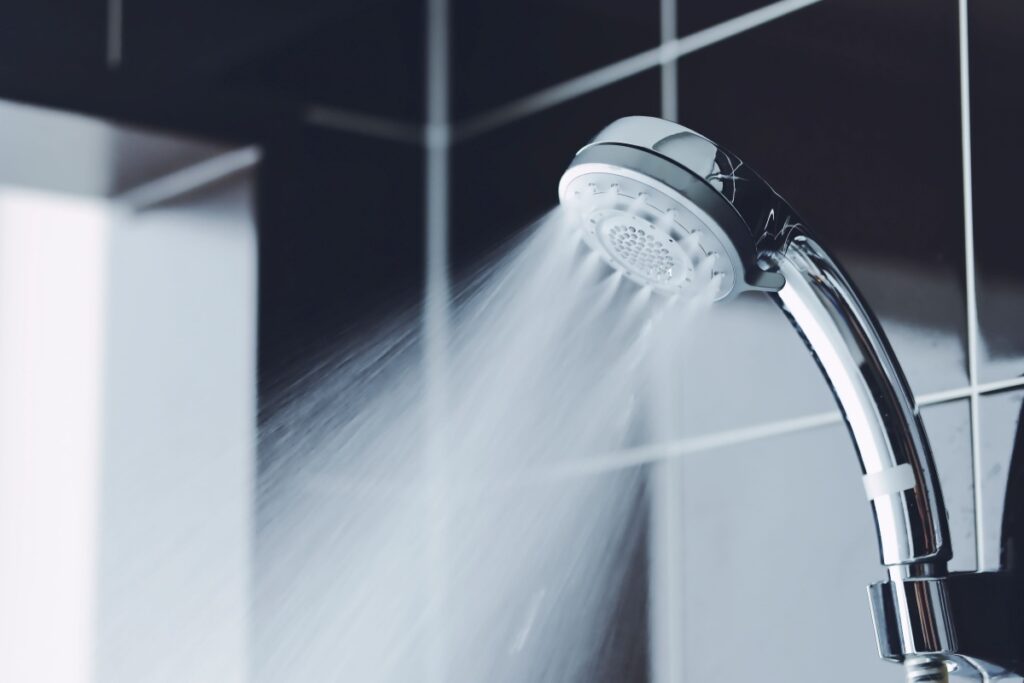Ever turned on your shower, expecting a refreshing blast, only to be greeted with a disappointing slow drip of water? Or maybe you’ve witnessed a garden hose turn into a water cannon, nearly knocking you off your feet and potentially damaging your plants and soil. These everyday experiences highlight the importance of proper water pressure in your home. If you want to protect the health of your plumbing system and your wallet, the ideal water pressure is something you can’t afford not to know.
Where Should My Water Pressure Rating Lie?
When it comes to water pressure in your home, there’s a sweet spot that keeps everything running smoothly. The ideal range for residential water pressure falls between 40 and 60 pounds per square inch (psi). This range provides enough pressure to keep your appliances happy and your showers invigorating without putting unnecessary strain on your plumbing lines.
Why is this range so important? Too little pressure, and you’ll struggle with weak flows and inefficient appliances. On the other hand, excessive water pressure can lead to leaks, damaged fixtures, and even broken pipes over time. 40-60 is the Goldilocks zone.
If you’re curious about your home’s current pressure, a simple water pressure gauge can give you the answer. These handy devices attach to an outdoor spigot and provide a quick reading. For a more permanent solution, consider installing a pressure regulator. This device helps maintain consistent pressure throughout your home’s plumbing system, protecting your pipes and appliances from sudden spikes.
Water Pressure vs. Water Flow: Don’t Confuse the Two
When discussing water in your home, it’s easy to mix up water pressure and water flow. While related, they’re distinct concepts that affect your plumbing system in different ways.
Water Pressure: The Force Behind the Flow
Water pressure refers to the force that pushes water through your pipes. It’s measured in pounds per square inch (psi) and determines how forcefully water comes out of your fixtures. High water pressure can feel great in the shower but may cause damage over time.
Water Flow: The Volume of Water
Water flow, on the other hand, is about quantity. It’s measured in gallons per minute (GPM) and tells you how much water is moving through your pipes. Good flow means you can run multiple fixtures simultaneously without losing pressure.
The Relationship
While pressure influences flow, they’re not always directly proportional. You can have high pressure but low flow if your pipes are too narrow or clogged. Conversely, you might have great flow but low pressure if your pipes are too wide for your water supply.
Is your shower weak because of low pressure or poor flow? Knowing the difference guides you to the right solution.
The Value of Testing Your Home’s Water Pressure
Regular water pressure testing is a health check-up for your plumbing system. It helps you catch potential issues before they become costly problems. High pressure can lead to leaks, wasted water, and increased utility bills. Low pressure might indicate blockages or leaks in your system. By keeping an eye on your pressure, you’re maintaining comfort, protecting your home, and saving money in the long run.
If you notice sudden changes in pressure, it’s time to investigate. It could be as simple as a clogged aerator or as serious as a main line issue. Regular testing helps you spot these changes early, giving you a chance to address them before they escalate.
Checking Your Water Pressure: How It’s Done
Testing your water pressure is simpler than you might think. You don’t need to be a plumbing expert to get a good read on your home’s water situation. Here’s a quick guide to get you started:
- Get a pressure gauge. You can find these at most hardware stores. Look for one that attaches to a hose bib or outdoor faucet.
- Choose your testing point. An outdoor spigot close to your water main is ideal. Make sure no water is running in your home during the test.
- Attach the gauge. Screw it onto the spigot, making sure it’s tight to prevent leaks.
- Open the valve fully. Turn on the water and let the gauge settle.
- Read the pressure. The needle will point to your current water pressure in psi.
- Repeat at different times. Water pressure can fluctuate throughout the day, so test a few times for accuracy.
If your readings consistently fall outside the 40-60 psi range, it’s time to consider adjustments. For high pressure, a pressure-reducing valve can help bring things back to normal. Low pressure might require a chat with your local water company or a deeper look into your home’s plumbing system.
Friend’s Plumbing Can Give You the Clarity You Need
At Friend’s Plumbing, we’re passionate about helping homeowners like you maintain optimal water pressure. If you’re dealing with pressure that’s too high, too low, or just right, but you want to keep it that way, we’ve got the tools and know-how to help. Call us to help with water line repair issues and solutions for your drains and sewers that may be causing water pressure problems.




